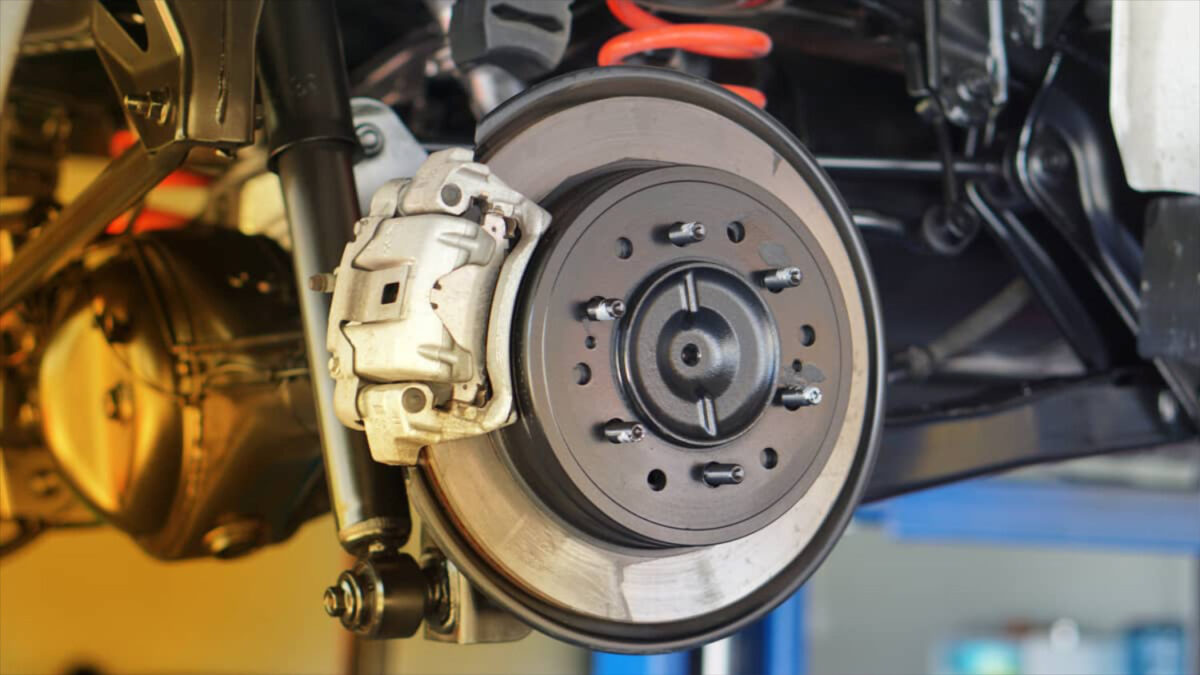Ball joints, those unsung heroes of your car’s suspension system, silently ensure your wheels move smoothly and safely. But like any hardworking component, they wear down over time. Worn ball joints can wreak havoc on your car’s handling, tire lifespan, and overall safety. So, how do you know when it’s time to replace them? Here’s a breakdown of the telltale signs of bad ball joints:
The Clunker’s Chorus: Noises Pointing to Trouble
Listen up! One of the first giveaways of failing ball joints is noise. Here’s what to keep an ear out for:
- Clunking and Rattling: This is a classic symptom. You might hear a clunking sound when turning the wheel, going over bumps, or braking. It’s the sound of the ball joint moving loosely in its socket.
- Grinding: A grinding noise, especially when turning, can indicate severe wear or damage to the ball joint. This is a serious issue and requires immediate attention.
- Popping: A popping sound can sometimes occur when the ball joint separates momentarily from its socket. This is a dangerous situation and should not be ignored.
Remember: The severity of the noise often reflects the level of wear. A faint, occasional clunk might be an early warning, while frequent, loud noises indicate a more critical issue.
The Wobbly Wheel: Steering Feels Loose and Unpredictable
Ball joints play a crucial role in maintaining precise control over your car’s direction. Here’s how bad ball joints can affect your steering:
- Loose Steering: The steering wheel may feel loose and unresponsive, requiring constant corrections to keep the car straight. This can be particularly noticeable at highway speeds.
- Wandering: The car seems to have a mind of its own, drifting left or right even on a smooth road. This can be exhausting and dangerous, especially during long drives.
- Vibration: You might feel a vibration in the steering wheel while driving, even on a straight, level road. This can be caused by loose ball joints allowing the wheels to shimmy slightly.
If your steering feels anything less than precise and confident, it’s wise to get your ball joints checked.
The Uneven Tread Blues: Signs of Alignment Issues
Ball joints help maintain proper wheel alignment. When they wear out, your wheels can become misaligned, leading to uneven tire wear. Here’s what to look for:
- Feathering: This shows up as uneven wear on the outer edges of the tire tread blocks. It resembles feathers and indicates the tires are pointing slightly outward.
- Cupping: Here, the wear pattern appears like uneven scalloping across the width of the tread blocks. This indicates the tires are tilted slightly.
- Inner Edge Wear: If the inner edges of your tires show excessive wear compared to the rest of the tread, it’s a strong sign of misalignment due to worn ball joints.
Uneven tire wear is not just a cosmetic issue. It reduces tire life significantly and can compromise handling.
Taking Action: What to Do If You Suspect Bad Ball Joints
If you experience any of the signs mentioned above, don’t delay! Here’s what to do:
- Get a professional inspection: A qualified mechanic can thoroughly inspect your ball joints for excessive play, wear, and damage.
- Replace by pairs: Ball joints typically wear out at a similar rate. It’s recommended to replace them in pairs, on both sides of the axle, to ensure even handling and safety.
- Consider replacing other suspension components: Worn ball joints often indicate wear in other suspension components. The mechanic might recommend replacing bushings, tie rod ends, or other parts for optimal handling and safety.
Remember, ignoring bad ball joints can lead to a complete suspension failure, potentially causing an accident. By being attentive to the signs and taking prompt action, you can keep your car safe and on the road.

